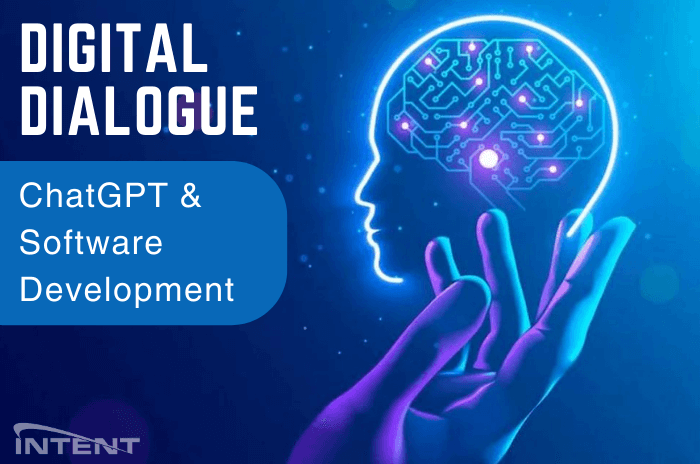Bridging the Tech-talent Gap and Shortage


SITUATION
Market and technology trends are the main factors affecting the rising talent shortage in the United States. America’s skills gap has been widely discussed. If we carefully study there emerges a consistent pattern that has been regularly observed way back since 2008.
Gartner reported in its 2018 Shifting Skills Survey that 70% of employees haven’t mastered the skills they need for their jobs today. 80% said they lack both the skills they need both for their current role and their future career.
The 2019/2020 Official Annual Cybersecurity Jobs Report is sponsored by Herjavec Group says, "Cybersecurity Talent Crunch To Create 3.5 Million Unfilled Jobs Globally By 2021" Despite industry-wide efforts to reduce the skills gap, the open cybersecurity headcount in 2021 will be enough to fill 50 NFL stadiums.
Companies across all industries have been scrambling to secure top AI talent from a pool that’s not growing fast enough, reveals the third edition of Deloitte’s State of AI in the Enterprise survey.
According to a recent CIO survey conducted by KPMG, the technology skills shortage is greater than it’s been since 2008. The lack of specific skills in areas deemed critical to future growth—like data analysts, AI experts, and cybersecurity specialists—is acute.
According to a recent survey by McKinsey, 87% of organizations are already experiencing a talent shortage or are expecting to face it within a few years. An extensive new Korn Ferry report finds that by 2030, more than 85 million jobs could go unfilled because there aren’t enough skilled people to fill them. Skill gaps in areas like machine learning, AI, big data, analytics, security and software development are widening. At the same time, the process of recruiting and hiring tech talent is lengthening due in part to struggles to find right-fit talent as per many industry experts.
Add these problems up, and the skills gap is expected to cost the U.S. economy $1.2 trillion of GDP over the next decade. It is top of mind for CEOs; the percentage of them who are “extremely” or “somewhat” concerned about lack of available talent increased from 56 percent in 2011 to 79 percent in 2019. The skills they want have also shifted. In 2008, it was global experience. Today, organizations are struggling to find tech-savvy workers.
CHALLENGE
Undeniably there is a shortage problem in the technology jobs sector. The problem is a common demand and supply problem. Especially since COVID-19 the demand is expanding so rapidly that there just aren’t enough people to meet that. The pandemic situation has accelerated the adoption of digital technologies by several years in some parts of the world the leap is ten years. There are ways to address this shortage of top-notch tech talent in the US that we will discuss further.
POSSIBLE SOLUTIONS THAT COMPANIES CAN ADOPT
Re-skill and upskill the existing workforce
Organizations should identify skill gaps and pinpoint missing digital talents and crucial technical knowledge among employees in the company. Organizations must support and encourage their employees to enroll in digital certification programs to address the skill gaps. Employees must understand that over time, skills become obsolete, and ultimately they must work to stay current. Companies must build programs that help employees identify their hidden skills and envision the benefits of upskilling at work through mentorship and continuous learning.
Adapt and modify your hiring Methods to meet demand
Organizations have already begun to leverage unconventional methods for hiring talent. They have begun broadening the qualifications to fill open technology positions, with candidates no longer needing a four-year degree. Tech giants from Google to IBM have begun offering online professional certification courses on topics like IT support, data analytics and cloud computing. Platforms like Coursera, Udemy, and Udacity, which partner with global companies, professionals and universities, have also emerged offering certification in these subjects. Intent Solutions Group (IntentSG) has a long-term understanding that great teams require great individuals, so only the best and brightest meet our standards and become a part of our team.
Learning and Development
An empowered learning and development team improves employee retention. In fact, 93% of employees say they will stay longer at a company when that company invests in their career development. Think about how ongoing professional development can help your employees perform better at their job. Training can give them a better understanding of their job responsibilities and mastery over the tasks they need to perform, which will likely boost their confidence.
At IntentSG we have created a culture where we encourage and support continuous learning and development for all team members through the IntentSG Learning Lab. We understand the impact of digital technologies on the workforce, modern L&D strategies allow our teams to obtain knowledge without spending much time and effort. Thus, we are passionate about keeping up with technology trends and encouraging continuous learning in an interesting and engaging way.
Gain access to Global Talent
Outsourcing has gotten a bad reputation since it became synonymous with the concept of sending services to low-cost countries. Many organizations struggle to build highly quality, budget-friendly teams and this is especially true if you do business in a major market such as Boston, New York, DC, or anywhere on the West Coast of the United States. Years ago, we started treating "outsourcing" like a four-letter word as it immediately comes with negative connotations. We believe that organizations are looking for and need a true partner who cares as much about their success, business, and software product as they do. Our customers don't think or even talk in terms of Projects, instead our customers are thinking about how to build a sustaining product development organization that builds world changing Products.
At IntentSG we follow the “Intent Way” where our motto is to support our customers, we improve not only our technical expertise but our language, processes, tools, and metrics in the spirit of reducing risk and improving time to market for our clients. We support our clients through highly qualified and specialized small engineering teams that have delivered 30% improvement in time to market and the pace of quality releases. We Optimize and Accelerate the entire Software Development process.
CONCLUSION
At IntentSG we understood long back that to ensure our employees remain future ready and possess the necessary digital skills to effectively perform current and future jobs, we must create an environment and culture that fosters continuous learning and training.
Our clients are our partners, we believe in a true partnership model. "Unlike other software companies, IntentSG works hand-in-hand with customers around Product Management and in fact, this is non-negotiable for us. Being mindful of our partnership allows us to make better decisions and build better software. Product thinking vs. Project thinking is crucial to the spirit of our customer relationships." says Robert Rae, Founder and CEO of Intent Solutions Group.
Rest assured, when you choose team IntentSG to combat talent gap crisis in the tech-sector, we will help you accelerate software development by transitioning you to a much broader integrated global development team.




